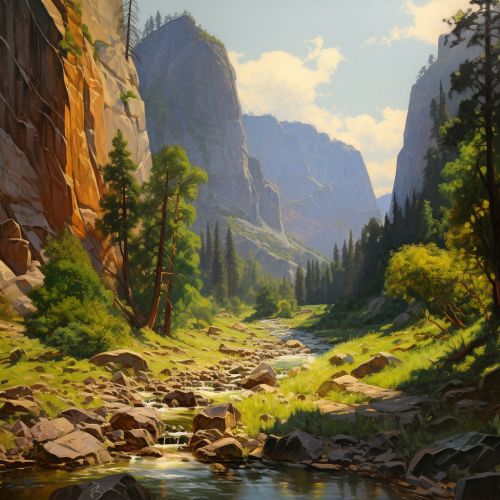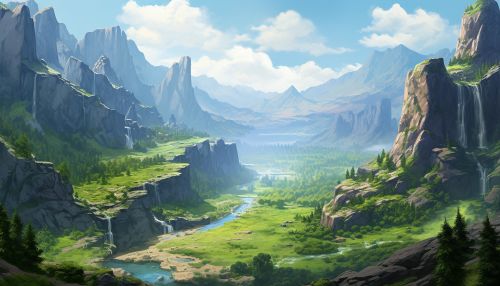Yosemite National Park
Overview
Yosemite National Park is a national park located in the western Sierra Nevada of Central California. It is internationally recognized for its granite cliffs, waterfalls, clear streams, giant sequoia groves, lakes, mountains, meadows, glaciers, and biological diversity. The park spans an area of 748,436 acres (1,169 sq mi; 3,029 km2) and sits in four counties – centered in Tuolumne and Mariposa, extending north and east to Mono and south to Madera County.


History
The area that is now Yosemite National Park has been inhabited for nearly 3,000 years, though humans may have first visited the area as long as 8,000 to 10,000 years ago. The indigenous natives called themselves the Ahwahnechee, meaning "dwellers in Ahwahnee." They are related to the Northern Paiute and Mono tribes. Other tribes, such as the Sierra Miwok, Mono, Paiute, and Sierra Miwok also lived in the area that would become Yosemite.
Geology
Yosemite National Park is characterized by its high concentration of granitic rock formations. This is due to the park's location in the Sierra Nevada, which is composed almost entirely of granite bedrock. The park's dramatic topography, including its towering cliffs and domes, is the result of a combination of uplift and erosion.
Flora and Fauna
The park has an elevation range from 2,127 to 13,114 feet (648 to 3,997 m) and contains five major vegetation zones: chaparral and oak woodland, lower montane forest, upper montane forest, subalpine zone, and alpine. Of California's 7,000 plant species, about 50% occur in the Sierra Nevada and more than 20% are within Yosemite.
Recreation
Yosemite National Park offers a variety of activities to its visitors. These include hiking, rock climbing, snowshoeing, and cross-country skiing. The park is also popular for its high concentration of high waterfalls, which can be viewed from numerous points throughout the park.
Conservation
Yosemite National Park is managed by the National Park Service (NPS), which is tasked with protecting the park's natural and cultural resources. The NPS conducts various conservation projects in the park, including efforts to restore habitats, protect endangered species, and manage fire.
